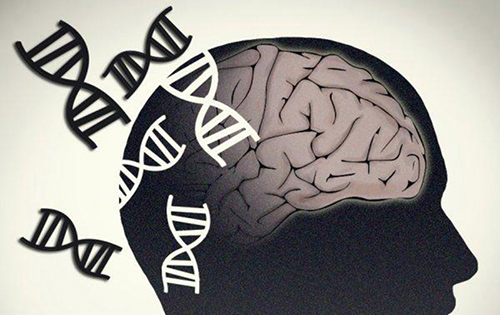
Researchers at Uppsala University in Sweden have recently performed whole-genome sequencing to identify functional mutations and their effect on genes relevant to the development of glioblastoma (GBM).
Their study, “Whole-genome sequencing of glioblastoma reveals enrichment of non-coding constraint mutations in known and novel genes,” is published in Genome Biology and led by Karin Forsberg-Nilsson, Ph.D., professor of stem cell research and head of department for immunology, genetics, and pathology at Uppsala University.
Glioblastoma is an aggressive type of cancer that can occur in the brain or spinal cord, and has one of the worst five-year survival rates of all cancers.
“We apply WGS to identify noncoding mutations, with regulatory potential in GBM, under the hypothesis that regions of evolutionary constraint are likely to be functional, and somatic mutations are likely more damaging than in unconstrained regions,” explained the researchers.
“One of our key tasks was to identify functional mutations associated with regulatory elements and potential relevance to the development of cancer cells, and to distinguish them from all random variations without presumed significance,” stated Forsberg-Nilsson
“We chose to focus on a subset of mutations in the best-preserved genetic regions that are likely to affect gene regulation,” says Kerstin Lindblad-Toh, PhD, professor in the department of medical biochemistry and microbiology, Uppsala University and scientific director of vertebrate genome biology at the Broad Institute.
The researchers confirmed their results using the gene SEMA3C, due to the large number of mutations found in noncoding regulatory regions near this gene. Previous findings, also suggested that SEMA3C is linked to a poor cancer prognosis.
“We studied how mutations in noncoding regions affect SEMA3C’s function and activity. Our results show that a specific, evolutionarily conserved, mutation in the vicinity of SEMA3C disrupts the binding of certain proteins whose task is to bind genes and regulate their activity,” explained Forsberg-Nilsson.
The study also identifies more than 200 other genes enriched for noncoding mutations in the regions concerned further increasing the number of genes that are relevant to the development of brain tumors.
Results suggest that noncoding constraint mutations could play an essential role in glioblastoma. The discovery of noncoding driver mutations in GBM has the potential to become an essential part of precision medicine in the future.
“Our results confirm the importance of the association between genetic alterations in noncoding regions, their biological function, and disease pathology,” said Forsberg-Nilsson.











